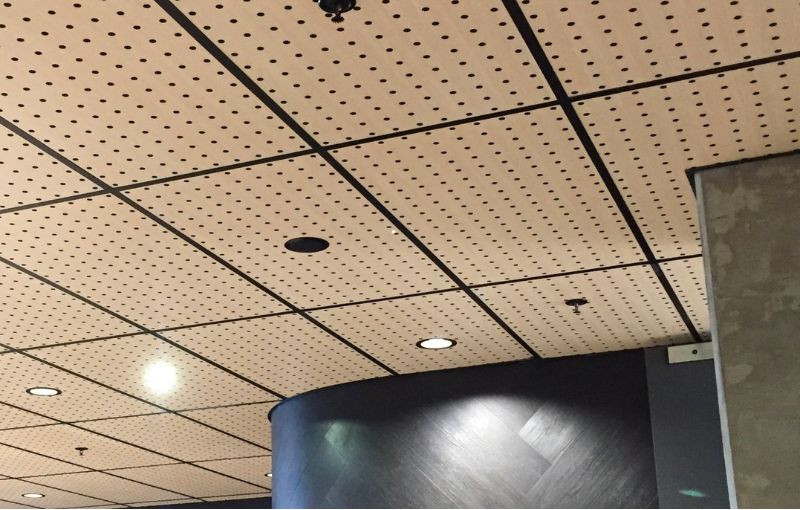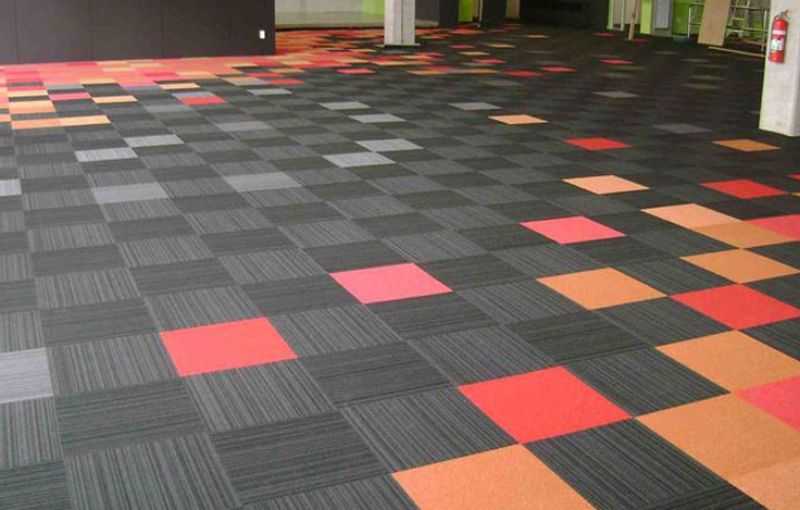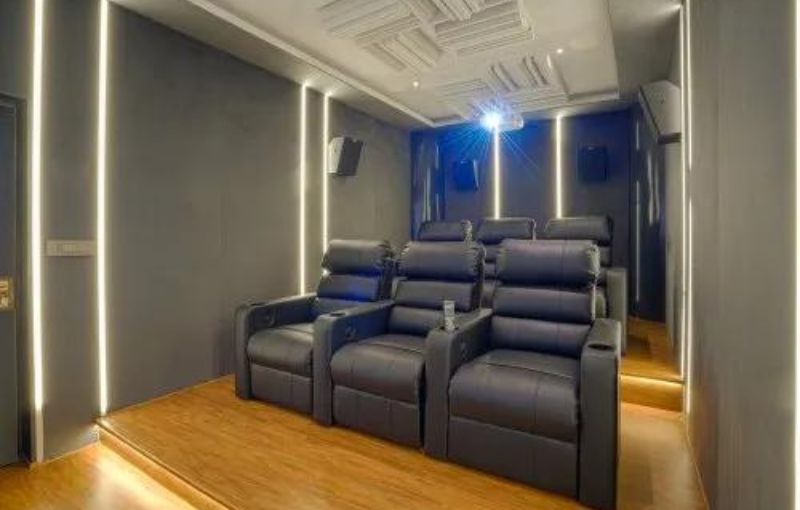Acoustic Treatment and Soundproofing
Get a better-sounding at your room with good acoustic treatment
Just like light sound waves can pass through even the smallest hole or opening in the hole, wall, or any material. Acoustic foams can reduce noise pollution and sound leakage as they remove echoes and background sound not by blocking the sound but by absorbing it. The goal of acoustic treatment is to make your environment sound more neutral and sonically pleasing with controlled ambiance and predictable qualities for recording. Acoustic treatment is done by mounting absorption or diffusion devices in areas where problematic reflections occur.
Some people have a basic understanding of acoustics but think acoustics are only a concern for musicians, recording studio owners, and others in the music industry. The reality is that acoustics should be an important concern for any facility, from offices to museums to retail stores. The concept of acoustic treatment is based on the fact that most spaces need some help to achieve better acoustics. Maybe there are too many hard surfaces that deflect sound waves and allow them to reverberate throughout your facility, or maybe your walls allow sound to bleed over excessively from room to room. Whatever the case, these problems can negatively affect the atmosphere in a building and, in some cases, can cause some serious problems. Take a museum, for example. With poor acoustics, guests on a guided tour may struggle to hear the guide over the competing sounds of footsteps and conversations going on in the room.
There are several types of solutions that acoustics experts can use to address the problems of reflection, reverberation, and resonance. Many facilities need a combination of these solutions to fully address their acoustic issues.
Bass Traps
Low-frequency sound waves tend to be the most difficult to regulate because these waves are especially long and powerful. These sounds also collect in corners and make the bass sound in a room sound too loud. This is where bass traps come in. As the name suggests, these devices are designed to absorb or trap bass sounds at the corners of a room.
Acoustic Panels
Acoustic panels are designed to absorb sound waves, just like bass traps. However, acoustic panels are thinner than bass traps, which means they won’t be as effective at trapping lower frequencies. They can still make a significant improvement, however, in spaces where reverberation is an issue. Rather than allowing sound waves to reflect off and travel throughout a room, acoustic panels absorb the sound. This can help a space sound far less echoey.
Ceiling Clouds
Most acoustic panels are designed to be installed on walls, but some panels are specifically designed for ceilings. These panels, known as ceiling clouds, are lightweight panels that hang horizontally from the ceiling. Ceiling clouds are especially helpful in buildings with high ceilings. High ceilings can be an attractive architectural feature, but unfortunately, high ceilings can also contribute to excessive sound reverberation.
Diffuser Panels
Whereas bass traps, acoustic panels, and ceiling clouds are designed to absorb sound, some acoustic treatments are instead designed to diffuse sound. Absorbing sound dampens the overall sound in the room. In some scenarios, you’ll want to keep sound waves from causing echo without fully absorbing the sound, so the room doesn’t end up sounding too quiet.
Acoustic Foam
Acoustic foam is similar to acoustic panels. In fact, many acoustic panels are made from foam. However, while acoustic panels come in a form that is ready to hang on the wall and has aesthetic appeal, acoustic foam comes in more of a raw material form. Acoustic foam is more commonly used in recording studios than in businesses that need acoustic treatment.
Fiberglass Insulation
If you have an issue with sound bleeding from one room to the next in your facility, then you need to look for soundproofing solutions. Fiberglass insulation is a great option to consider. Adding insulation in walls can prevent sound from moving through them. Fiberglass insulation also works to absorb sound in the same way that bass traps, acoustic panels, and ceiling clouds do, helping to prevent reverberation and other acoustic problems.
Beaqon solutions have solutions in acoustic and soundproofing for the below applications-
Auditorium and Multiplex
Hotels and Banquet halls
Recording studios
Meditation stations and places of worship
Hospitals, health care centers,s and wellness centers
Corporate offices and conference rooms
Stadiums, sports complex, and gymnasiums
Schools and Library
Home theatre rooms and residential acoustics
Clubhouses and shopping malls
Beaqon solutions have below product segments in acoustics and soundproofing:

Wall
Acoustic paneling is used to reduce noise and control sound in many different spaces. Wall panels & systems are used to transform areas such as multi-purpose halls.
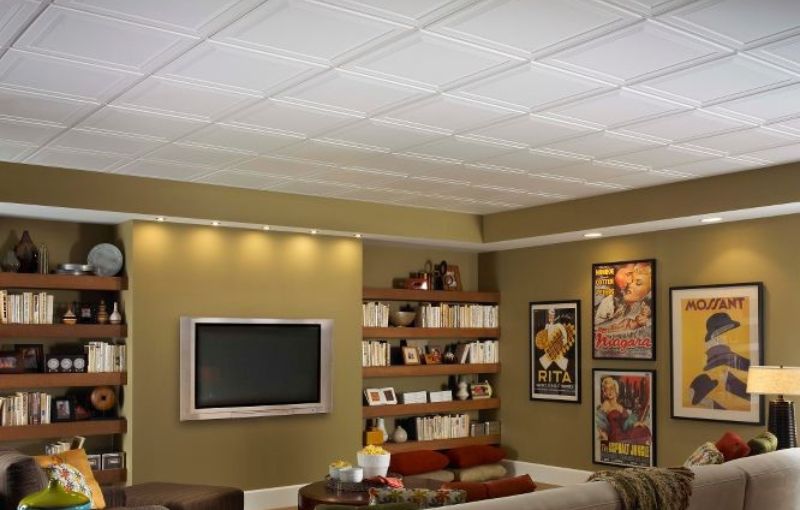
Ceiling
Sound is integral to our communication and yet when sound reflects creates echo and reverberations. This can be a really unpleasant and in many cases a serious problem.
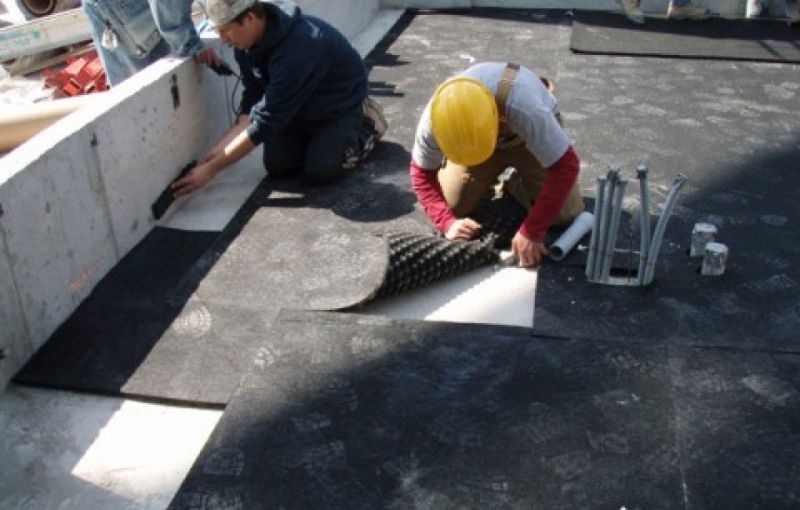
Floor
Impact sound is generated by traffic contacting the floor surface. The airborne sound inside a room – ambient noise – is generated by impact noise in the room itself.

Stage
In theatre or performance arts, the stage is a designated space for the performance of productions. It is the most crucial element of the entire experience and has to.

